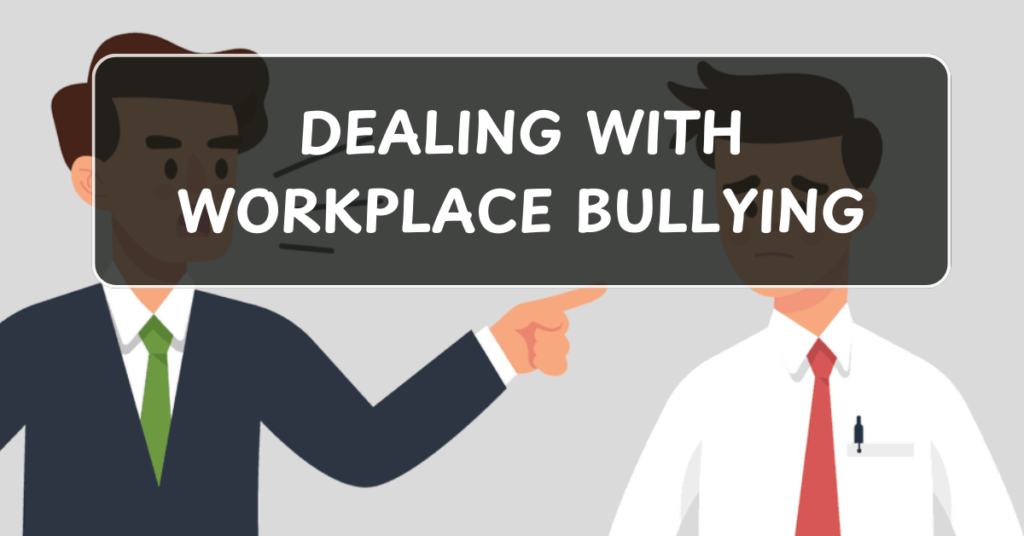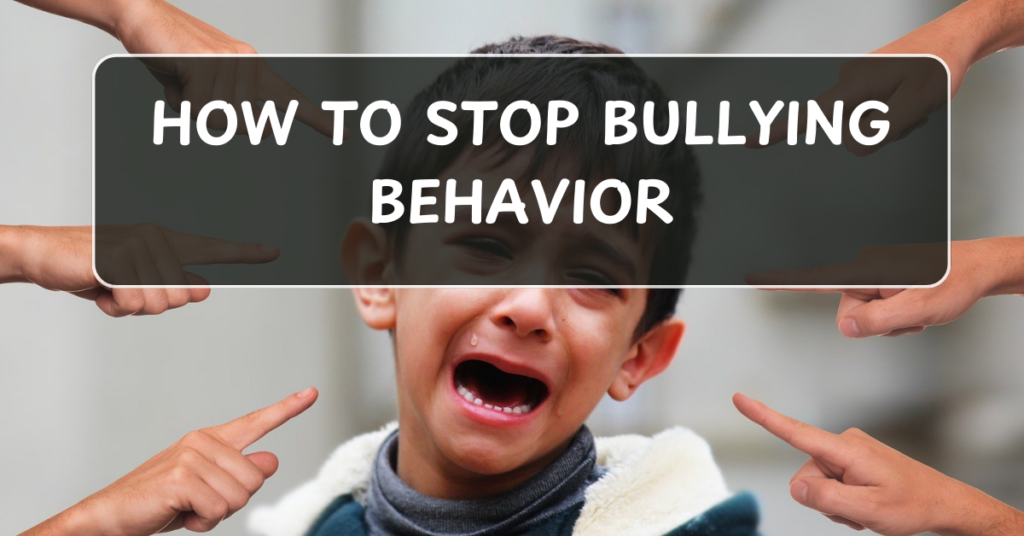
Workplace bullying is a serious issue that can have a profound impact on your mental, emotional, and physical well-being. Whether it involves verbal abuse, social exclusion, or manipulative behaviors, workplace bullying can create a toxic environment that negatively affects both the individual and the company as a whole.
If you’re facing workplace bullying, you’re not alone. It’s important to know that there are steps you can take to address the issue, protect your well-being, and seek the support you need. In this article, we’ll explore what workplace bullying is, how to recognize it, and how to take action to stop it.
1. Understanding Workplace Bullying
Before addressing workplace bullying, it’s crucial to understand what constitutes bullying in a professional setting. Bullying is any repeated and intentional behavior designed to intimidate, humiliate, or harm another person.
- Verbal bullying: Insults, threats, mocking, and belittling comments.
- Physical bullying: Aggressive behavior, physical intimidation, or threats of violence.
- Psychological bullying: Spreading rumors, sabotaging work, or excluding someone from important meetings or projects.
- Cyberbullying: Using digital communication to harass or intimidate, such as sending hurtful emails or texts.
Recognizing these behaviors is the first step in identifying workplace bullying and knowing when to take action.
2. Document the Bullying Behavior
If you’re experiencing bullying at work, it’s crucial to document every instance of the bullying behavior. Having a record of incidents will support your case if you need to report the behavior to HR or seek legal intervention.
- Keep a detailed log: Note dates, times, and descriptions of the bullying incidents. Include any witnesses who were present.
- Save evidence: If the bullying occurs through email, text, or social media, save copies of messages, screenshots, and any other evidence.
- Record your response: Write down how you responded to the bully and whether the behavior escalated after your response.
3. Assess the Situation
It’s important to assess the situation carefully before taking any action. Workplace bullying can sometimes be subtle, and it may not always be clear whether you’re being bullied or if it’s simply a conflict with a colleague.
- Reflect on the pattern: Bullying usually involves repeated behavior. If the behavior is isolated or occasional, it may be a misunderstanding. If it happens frequently, it’s worth addressing.
- Evaluate your safety: If the bullying involves physical threats or violence, prioritize your safety. Do not hesitate to remove yourself from the situation or contact law enforcement if necessary.
Once you’ve determined that you’re indeed being bullied, it’s time to consider your next steps.
4. Speak to the Bully Directly (If Safe)
If you feel comfortable doing so, confronting the bully directly can be a powerful step in stopping the behavior. Many bullies rely on the power of intimidation, and standing up for yourself may help them back off. However, only confront the bully if you believe it’s safe to do so.
- Be calm and assertive: Keep your emotions in check and speak confidently, but respectfully. Let the bully know that their behavior is not acceptable and you expect it to stop.
- Set clear boundaries: State what behavior you will no longer tolerate and what the consequences will be if the bullying continues.
- Avoid aggression: Keep the conversation focused on the behavior, not on personal attacks. Avoid responding in anger, as this could escalate the situation.
5. Report the Bullying to Your Supervisor or HR
If the bullying continues or if you feel unsafe confronting the bully directly, it’s time to escalate the issue. Reporting workplace bullying to your supervisor or HR is a formal way to address the situation and seek resolution.
- Follow company procedures: Many companies have specific procedures for reporting bullying or harassment. Familiarize yourself with the company’s policies and follow them to ensure your complaint is handled appropriately.
- Provide evidence: When making your report, present the documentation and evidence you’ve gathered. Be as specific as possible about the incidents, the impact on your well-being, and any actions you’ve taken to resolve the issue.
- Request confidentiality: If you’re worried about retaliation, ask for confidentiality when reporting the bullying. HR should make efforts to protect your identity and prevent any negative consequences.
6. Seek External Support if Necessary
In some cases, your employer may fail to take appropriate action, or the bullying may persist despite your efforts to address it. If this happens, there are external resources you can turn to for support and guidance.
- Employee Assistance Programs (EAP): Many companies offer Employee Assistance Programs that provide counseling, legal advice, and other resources for employees facing workplace bullying.
- Legal action: If the bullying involves discrimination, harassment, or other illegal behavior, you may want to consult with a lawyer to discuss your options. Legal professionals can help you navigate the process of filing a formal complaint or lawsuit if necessary.
- Support groups: Joining a support group for individuals who have experienced workplace bullying can help you feel less isolated. You can share your experiences, gain insights from others, and find strategies for coping with the emotional effects.
7. Practice Self-Care and Manage Stress
Dealing with workplace bullying can be emotionally draining. It’s essential to take care of your mental and physical health during this challenging time.
- Exercise regularly: Physical activity can help reduce stress and improve your mood. Find an exercise routine that you enjoy, whether it’s walking, yoga, or hitting the gym.
- Practice mindfulness: Mindfulness techniques, such as meditation or deep breathing, can help you stay calm and centered despite the bullying.
- Reach out for support: Talk to trusted friends, family members, or a therapist who can provide emotional support and help you process your feelings.
8. Know When It’s Time to Leave
In some cases, despite your best efforts, the bullying may not stop. If the environment becomes unbearable, and your employer is unwilling to intervene, it may be time to consider leaving for your own mental and emotional well-being.
- Assess your options: Before making any decisions, evaluate your financial situation, job prospects, and whether you feel it’s safe to leave your current position.
- Find a healthy work environment: Remember that you deserve to work in a space where you feel valued, respected, and supported. Consider seeking employment elsewhere if the situation is no longer sustainable.
Conclusion: Taking Action Against Workplace Bullying
Workplace bullying is a serious issue that can cause long-term harm if left unchecked. However, there are effective steps you can take to address the behavior and protect your well-being. Whether it’s documenting the bullying, speaking up to the bully, or seeking help from HR or external resources, there are options available to help you navigate this difficult situation. Most importantly, remember that you deserve to work in an environment that is free from bullying and that support is available to help you through it.
Stay strong, advocate for yourself, and remember that no one deserves to be bullied at work.


